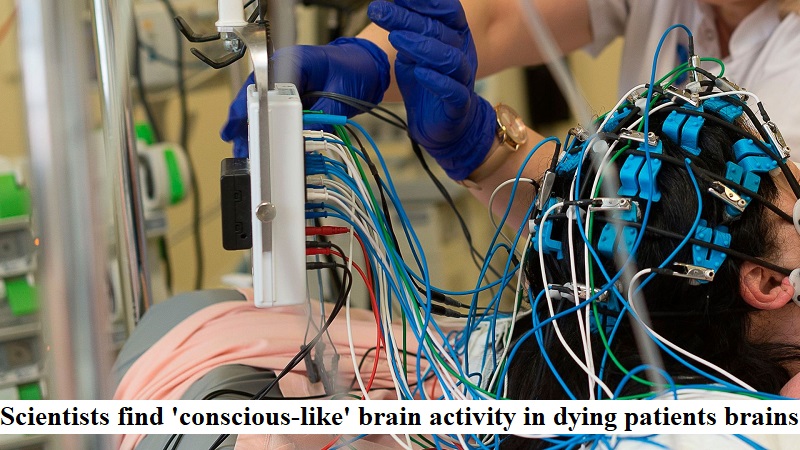
Death is a topic that has fascinated humans for centuries. Despite being a fearful and inevitable event, people have always been curious about what happens during and after it. Thanks to technological advancements, scientists are now able to track biological changes and gain a better understanding of the process.
A new study, published in the Proceedings of the National Academy of Sciences and reported by The Guardian, has discovered “conscious-like” brain activity in dying patients. This finding could help shed light on the process of death.
Jimo Borjigin from the University of Michigan, who led the study, said, “How vivid experience can emerge from a dysfunctional brain during the process of dying is a neuroscientific paradox. We saw potential neuro-signatures of consciousness.”
The study focused on four patients who died in a hospital while their brains were monitored using an EEG machine. These patients had previously experienced seizures and were in a coma with no hope of recovery. With the consent of their families, life support was withdrawn.
The researchers analyzed the data from the time the life support was removed until the patients’ deaths. It was observed that two patients had an increased heart rate and increased gamma wave activity, which is associated with consciousness. The gamma wave activity was also observed in the “hot zone” of the brain linked to consciousness.
Bojigin suggested that this might mean that the patients were “internally awakened.” However, it is unclear what subjective experience this brain activity translated into.
The other two patients did not show any such brain activity. While the study provides intriguing insights, it is still in its early stages and requires more research to fully understand the implications of the findings. Nevertheless, it marks a significant step forward in the scientific understanding of death and its associated processes.

Post Your Comments